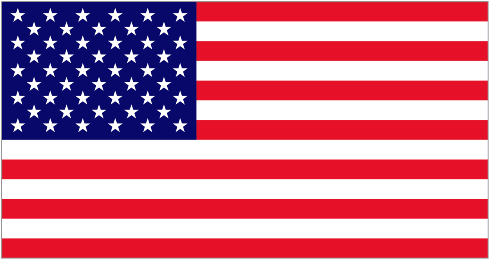Minor Chords
Minor chords consist of a root, minor third and perfect fifth. Compared to the major chord they sound much more mysterious and gloomy which can be seen with the two video demonstrations found at the end of this lesson where we compare D Major to D Minor (the difference is very noticeable). The root is the tonic, so using D Minor as an example the root is the D note. The minor third is encompasses 3 semitones from the root (which in this case it would be F) and the perfect fifth will be 7 semitones from the root. This can be better illustrated in the diagram below:
D Minor Chord
D Minor Chord Illustration
D Major Chord
D Major Chord Illustration
As you can see, the difference between marking a major and a minor chord for a given note is the difference of making certain alterations in the notes played. As a result, the chords share very similar attributes, but would need to be used in different ways as we will see moving forward.





